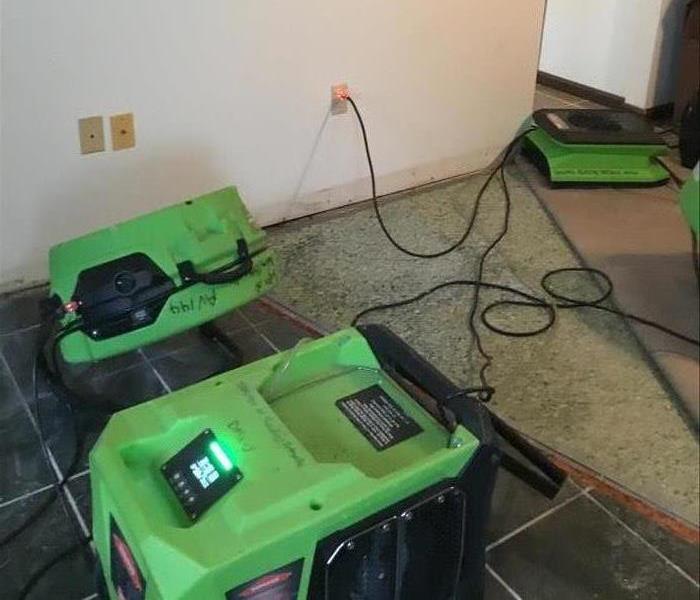Can Flooding Ruin Homes in Reading?
2/19/2021 (Permalink)
 Storm damage is no DIY project. SERVPRO techs can handle any size flood restoration needed for your home. Our team is IICRC certified.
Storm damage is no DIY project. SERVPRO techs can handle any size flood restoration needed for your home. Our team is IICRC certified.
For Professional Flood Damage Remediation, call SERVPRO.
Reading has been a hub for manufacturing and commerce, thanks to the Schuylkill River's presence. The waterway then provides an avenue for businesses and individuals seeking to grow on the eastern seaboard and eventually expand westward.
Humble Beginnings
In 1748, Conrad Weisner established the first trading post in Reading at what is now 5th and Penn Street, just a short distance from Finney’s Ford, the original site for Reading selected by Thomas Penn. Weisner was a peacemaker, frontiersman, and arguably the first entrepreneur in this part of the New World.
By 1776, the location of Reading and the political upheaval in the colonies made the growing town and Berks County the hub center for storing the Colonial Army’s cannon, guns, and ammunition. The hundreds of forges built to create and maintain these weapons resulted in the area becoming a leader in iron and steel production after the War of Independence.
Water and Rail Transportation
The creation of the canal system between the Schuylkill River and Tulpehocken Creek in 1792 helped ensure that local coal and the nails, stoves, and tools produced here were delivered to outside markets where they were sold throughout the new nation. Once the Philadelphia and Reading Railroad was established in 1833, products were shipped more quickly and cheaply, resulting in even more businesses being established here to create an economy that now was expanding into international markets.
As steel production improved and the railroads expanded, forges grew into foundries and factories. They turned out the new plows that could break up the tough prairie ground, rails that lasted longer with less maintenance so trains could travel farther than ever, and the hundreds of other items needed.
The History of Flooding in Reading
Part of the history of Reading is, of course, the weather and its results. Records of flooding of the Schuylkill River go back to 1869 with modern measurement methods beginning in 1972. Storm flooding is measured by how many feet it crested and the category of severity. Since 1972, there have been 17 recorded floods:
- Minor flooding – 9 floods that crested less than 16 feet over the riverbanks
- Moderate flooding – 6 floods that crested between 16 and 20.5 feet
- Major flooding – 2 floods that crested 23.75 feet and higher
Remediating and Removing the Effects of Storm Flooding
No matter what category a flood falls into, the water contains soil, animal waste, and other contaminants it picked up before entering a home. After removing all standing water, SERVPRO specialists quickly complete these tasks to reduce the amount of physical damage and remove the source of many odors.
- Lift and dispose of all carpets and carpet pads affected by the floodwater
- Spray and clean all surfaces that were underwater with an anti-bacterial or an anti-fungal cleaning agent
- Remove structural property that cannot be cleaned
To restore your home after a flood, contact SERVPRO of Reading at (610) 779-8189.






 24/7 Emergency Service
24/7 Emergency Service